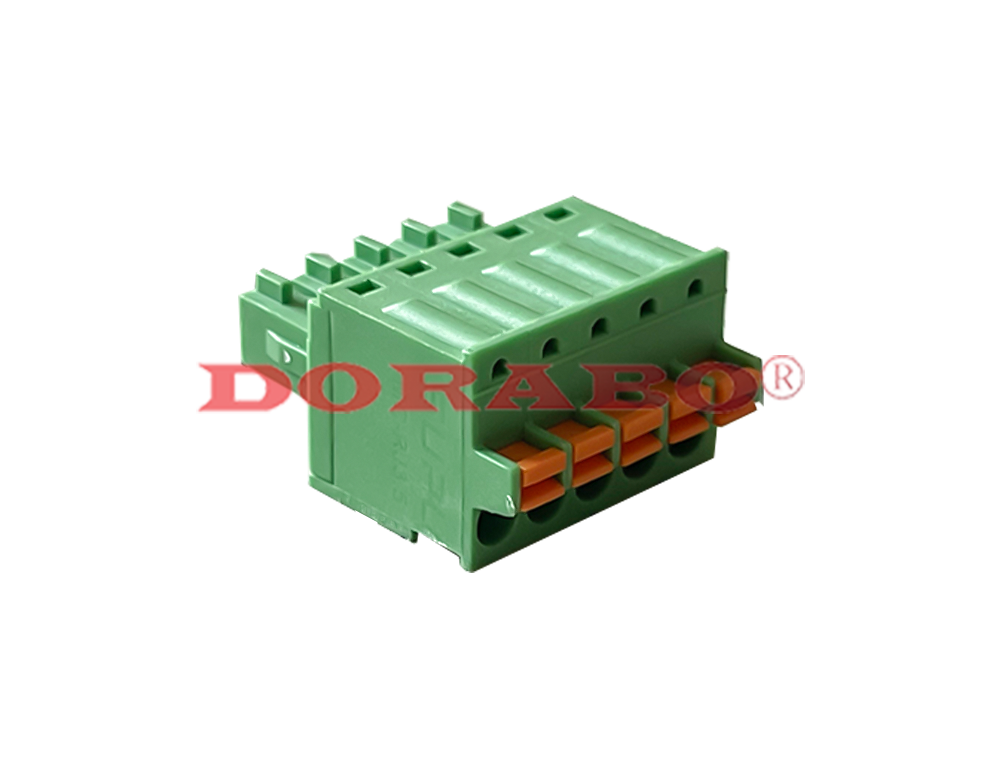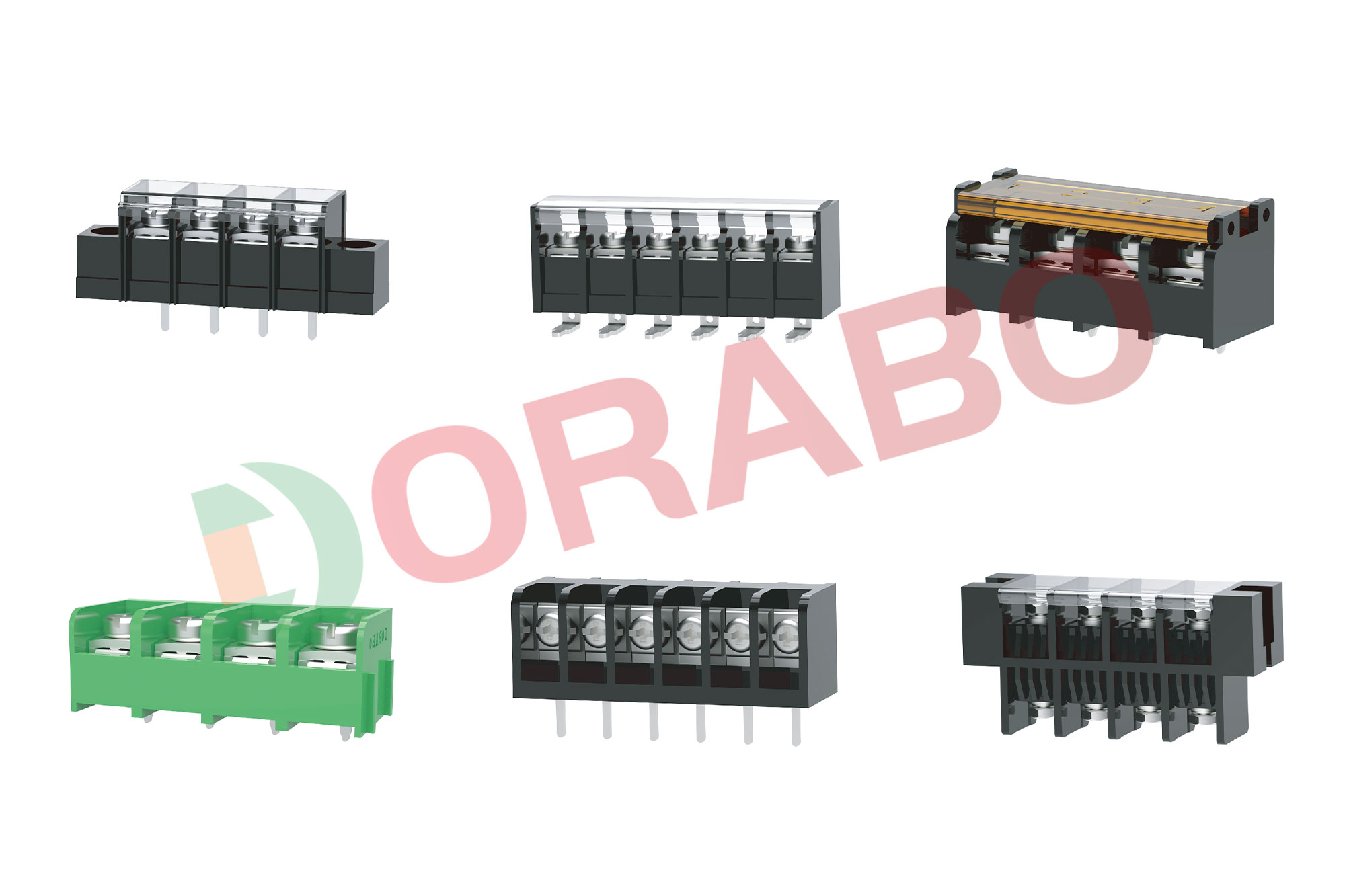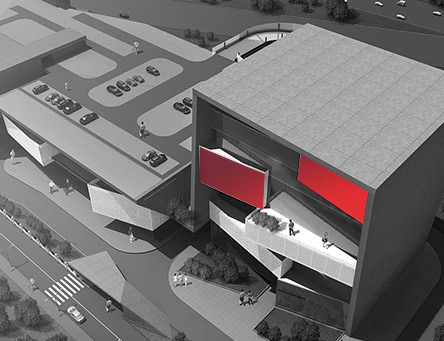Terminal blocks or terminal connectors are simple, useful, economical, and often vital components in transportation applications. Connecting different circuits can be a time-consuming task, and it is usually easier to use terminal blocks. It's one thing to have the wires needed to start and run a car's electrical project, but these wires need to be terminated somewhere, or you'd better leave them on the spool.
Terminals are also called screw terminals or barrier strips-usually used behind vehicle control panels and vehicle dashboards. Terminal blocks are designed for quick and easy connection. They can protect and insulate bare wires and cable ends. They can also be used as a clamping system to connect wires to the inside of vehicles or equipment.
The terminal block is very common on electrical components and sometimes overlooked and underestimated because it is just a small green or black connector block. This misunderstanding is so wrong, it is an important factor to consider, just like any other component.
Current is an important factor to distinguish whether the terminal is suitable for the circuit. Excessive current passing through the terminal will cause overheating and cause fire or damage. Larger terminals can usually withstand larger currents, but at the expense of space because they take up more space. Although most terminal blocks can withstand the voltage requirements of ordinary circuits, this of course cannot be ignored. Overvoltage can cause leakage and arcing between terminals, so higher voltages usually require larger pitches.






















 Contact us
Contact us Language
Language


